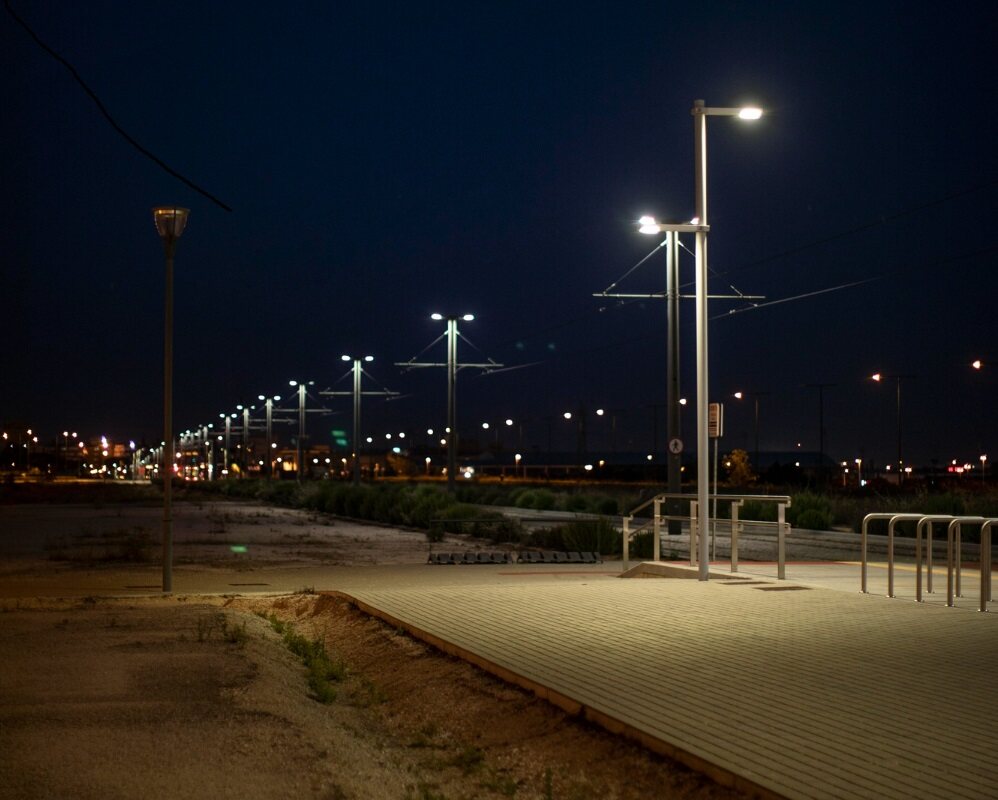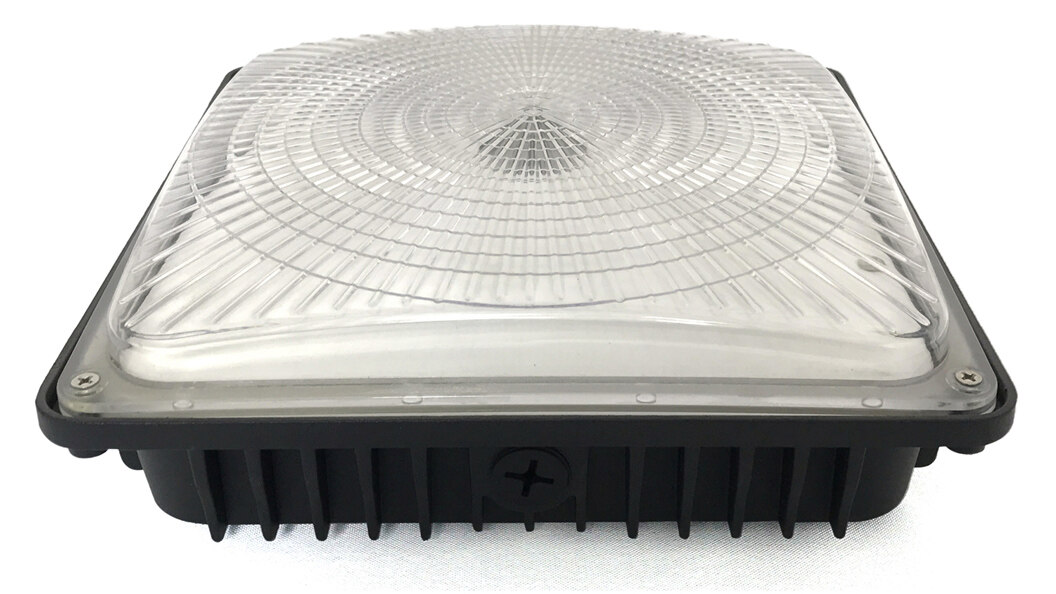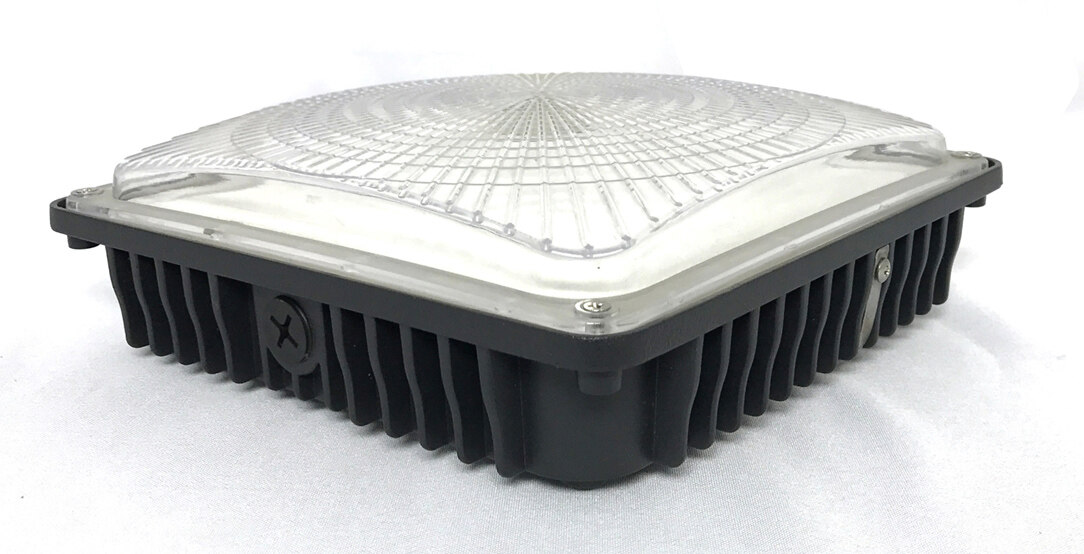

Introduction
Our Canopy LED lights from China have gained significant popularity in various applications due to their energy efficiency, long lifespan, and versatility. In this blog post, we will delve into the importance of colour temperature selection, the diverse applications of canopy LED lights, and the crucial aspects of heat management and cooling techniques.

Colour Temperature Selection and its Impact
Colour temperature refers to the perceived warmth or coolness of the light emitted by a canopy LED light. It is measured in Kelvin (K) and plays a vital role in creating the desired ambiance and enhancing visibility. The following aspects highlight the impact of colour temperature selection:
a. Ambiance and Aesthetics: Canopy LED lights with warmer colour temperatures (2700K–3000K) create a cosy and inviting atmosphere, making them suitable for restaurants, hotels, and outdoor seating areas. On the other hand, cooler colour temperatures (4000K–5000K) provide a brighter and more alert environment, ideal for parking lots, gas stations, and commercial spaces.
b. Visual Comfort and Safety: Proper colour temperature selection is crucial for ensuring visual comfort and safety. For instance, in parking garages, a colour temperature of around 5000K is recommended to enhance visibility and reduce the risk of accidents.
c. Psychological Impact: Research suggests that colour temperature can influence human emotions and productivity. Warmer temperatures promote relaxation and comfort, while cooler temperatures stimulate focus and alertness.

Diverse Applications of Canopy LED Lights
Canopy LED lights find extensive applications in various settings, including:
a.Parking Lots and Garages: Canopy LED lights provide uniform and bright illumination, enhancing safety and security in parking areas.
b. Gas Stations: Canopy LED lights offer excellent visibility for fueling stations, ensuring customer safety and convenience during nighttime operations.
c. Commercial Buildings: Canopy LED lights are widely used in entrances, walkways, and outdoor spaces of commercial buildings, creating an inviting and well-lit environment.
d. Warehouses and industrial facilities: Canopy LED lights provide efficient lighting solutions for large indoor spaces, ensuring optimal visibility and reducing energy consumption.
Heat Management and Cooling Techniques
Efficient heat management is crucial for the longevity and performance of canopy LED lights. The following techniques are commonly employed:
a. Heat Sinks: Canopy LED lights incorporate heat sinks to dissipate heat generated by the LED chips. These heat sinks are typically made of aluminium or copper and help maintain optimal operating temperatures.
b. Thermal Management Systems: Advanced canopy LED lights utilise thermal management systems, including fans and heat pipes, to enhance heat dissipation and maintain consistent performance.
c. Proper Ventilation: Adequate ventilation is essential to prevent heat buildup within the canopy LED light fixture. Proper design and installation ensure efficient airflow and cooling.
d. Environmental Considerations: Canopy LED lights should be designed to withstand various environmental factors, such as temperature fluctuations and humidity, to ensure reliable performance.

Conclusion
Colour temperature selection significantly impacts the ambiance, visual comfort, and safety provided by canopy LED lights. Understanding the diverse applications of canopy LED lights helps in choosing the appropriate lighting solution for specific settings. Additionally, effective heat management and cooling techniques are crucial for maintaining optimal performance and extending the lifespan of our China canopy LED lights. By considering these factors, users can maximise the benefits of canopy LED lights in their respective applications.
Email format error
Email cannot be empty
Email already exists
6-20 characters(letters plus numbers only)
The password is inconsistent
Email format error
Email cannot be empty
Email does not exist
6-20 characters(letters plus numbers only)
The password is inconsistent